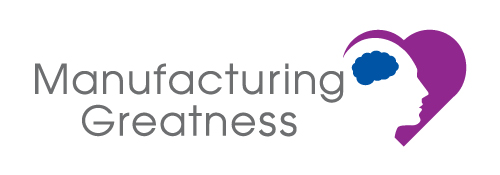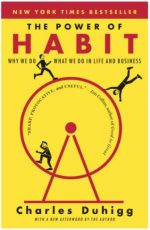The Power of Habit...
Why We Do What We Do in Life and Business.
| Author: Charles Duhigg in 2012 |
Are you looking to change some routines for the better and get some more energy? While you could be comfortable with your habits, consider that this may be the time to shake it up! A crisis is often needed to drive that change, or maybe you have just decided it is time. Read on because it could have some solid paybacks.
In his book, The Power of Habit, Charles Duhigg presents a new understanding of human nature and its potential. By examining human nature from boardrooms like Proctor and Gamble to the front lines of the civil rights movement Duhigg explains why some people and companies struggle to change, while others seem to remake themselves overnight. He shows how they achieved success by focusing on the patterns that shape every aspect of our lives. They succeeded by transforming habits.
One thing that resonated with me in this read was the concept of willpower. Let me explain the best I can in this one pager!
The core of the book is the Habit loop – you have a cue, a routine and a reward, and there is a craving that drives that. When you feel you are facing resistance, additional willpower is required to get the result you are looking for. When something is a habit, it is effortless and you will have additional energy to spend on other things. If I can work with clients, naturally being myself, responding effortlessly as who I am, and have clients who are truly engaged, the results will flourish. Do you want to have more energy? Work with people who take less energy, and you can give more. It starts by letting your employees make more decisions.
Simply giving employees empowerment in decisions ties into habits; giving a sense of control improves how much self discipline we bring to our jobs. People want to be in control of their lives. A good leader says less – when there is more involvement, there is less energy required from the leadership group, and it will maximize results.
I love the example of the Road Island Hospital, where a nurse was concerned that they were drilling into the wrong side of a man’s head, yet there were no procedures to allow anyone stop a surgery and speak up! Routines can actually prevent negative outcomes from happening. If you have good habits where you have involvement and trust, there will be a better end result. I believe this is so true for manufacturing, and it actually is a competitive advantage I promote and encourage with all of my clients. A habit of transparency where anyone can address a safety or quality issue. Imagine that! The challenge is to have the discipline to make it continue to happen (yes, a habit!). When you start a new machine up, how do you ensure the pre-start inspection is done? If you are inspecting product, what are the habits to ensure we don’t forget one when we switch out at break time?
I read this book once, and I felt there was another layer to it, so I immediately read it again. You will be able to implement some of the concepts, or at least be more conscious of them after reading this, enjoy!
Reviewed by: Trevor Blondeel

